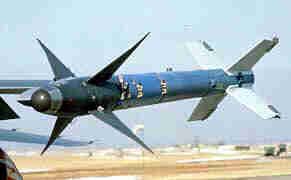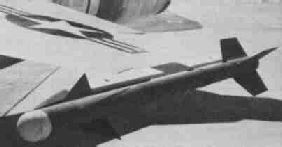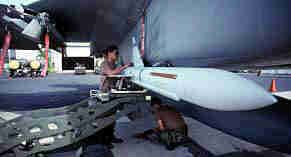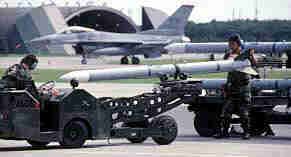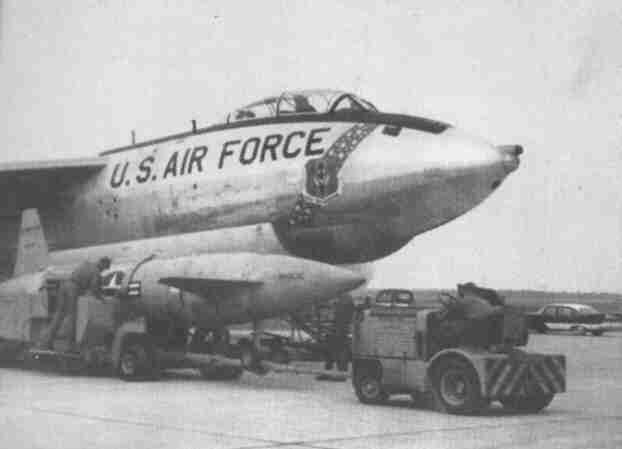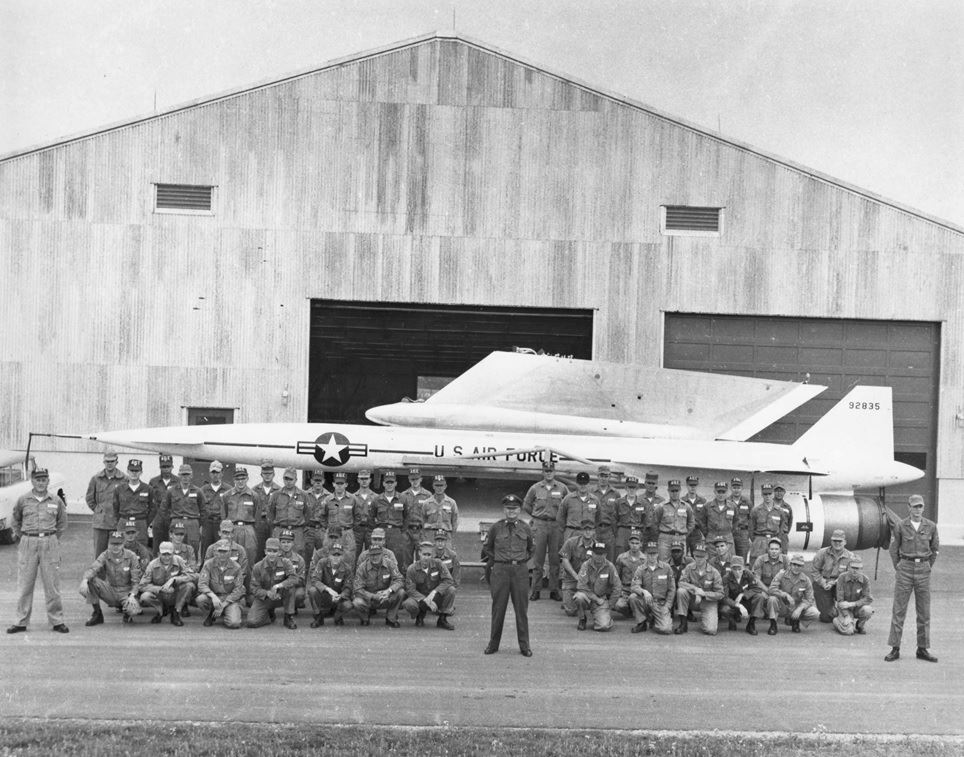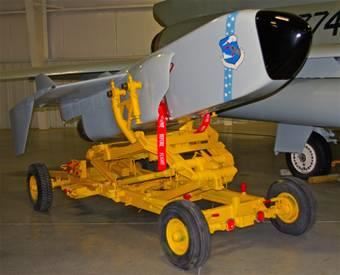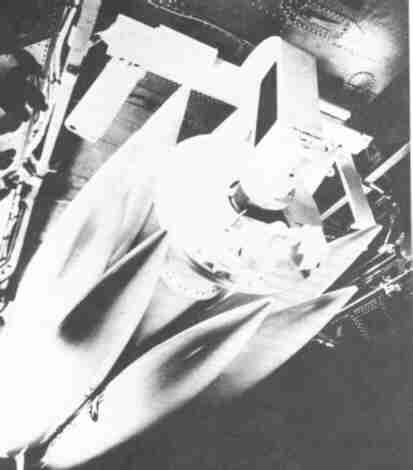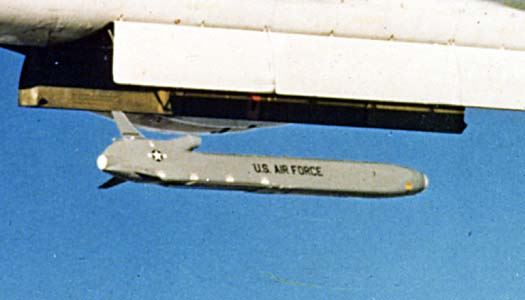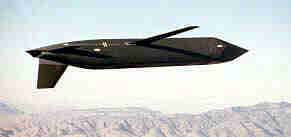Airlaunched Missiles Many Missileers worked with missiles that were not stored in silos or coffins - the missiles they were involved with were launched from aircraft. Airlaunched Missiles include air to ground and air to air missiles, used in air defense, non-nuclear and nuclear ground attack and many other purposes. Strategic Air Command (SAC) has had a significant force of airllaunched cruise missiles over the years, from the early Rascal for the B-47 to a number of nuclear and nonnuclear cruise missiles Air-to-Air, Early Programs in the late 1940s - MX-570, Hughes Aircraft 9 mile range, subsonic, 50,000 foot altitude JB-3, Tiamat. MX-798, Hughes 5 mile range version of MX-570. MX-799, Ryan Aeronautical fighter-launched subsonic missile, called Firebird. MX-800, M. W. Kellogg fighter-launched supersonic missile. MX-801, Bendix Aviation fighter-launched supersonic missile. MX-802, General Electric bomber-launched supersonic missile, Dragonfly. Programs Still in Work, 1950 - MX-674, Bell Tarzon. MX-776, or Bell Rascal I, and Rascal II, 150 mile range. MX-904, Hughes Falcon for fighters, to be followed by a bomber-launched version. By June 1953, only Rascal and the Falcon survived Sparrow and Sidewinder were being developed by the Navy. |
|
| Genie (MB-1, AIR-2) - Supersonic, unguided, free flight, air-to-air rocket carried and launched by interceptor aircraft from the Air Defense Command. 2 kiloton nuclear warhead (W-25) designed for use against formations of enemy bombers. Operational in 1957. Produced until 1962, in service until 1986. Initially carried by the F-89J, and later by the F-101B and the F-106A, armed in the air a few minutes before firing. Speed Mach 8, 9 feet 7 inches long, 17 inches in diameter, weighing 800 pounds, Range 6 miles. Built by Douglas Aircraft Company, ,000 pound thrust solid propellant rocket motor manufactured by Aerojet-General. On 19 July 1957, a Genie was launched from an F-89J over the Nevada desert, marking the only time in history that an air-to-air rocket with a nuclear warhead was launched and detonated. The test took place at 20,000 feet, and the rocket was fired at a “target” about three miles away. The Genie covered this distance in 4.5 seconds and was detonated by ground command. Sidewinder (GAR-8, AIM-9A through AIM-9M) - Close range, infrared guided missile designed to be fired from fighters against enemy aircraft, for both attack and defense. Developed in the 1950s, still in service today in many versions. Infrared system uses target’s heat for locating and tracking. Solid propellant motor. Speed above Mach 2, launched at from thousands of feet to more than 10 miles from the enemy aircraft. First guided missile to down an enemy aircraft. Originally manufactured for the Navy, a number of contractors have manufactured various versions. Length 9 feet, 5 inches, over-all span, 25 inches; body diameter, 5 inches, weight up to 160 pounds. |

